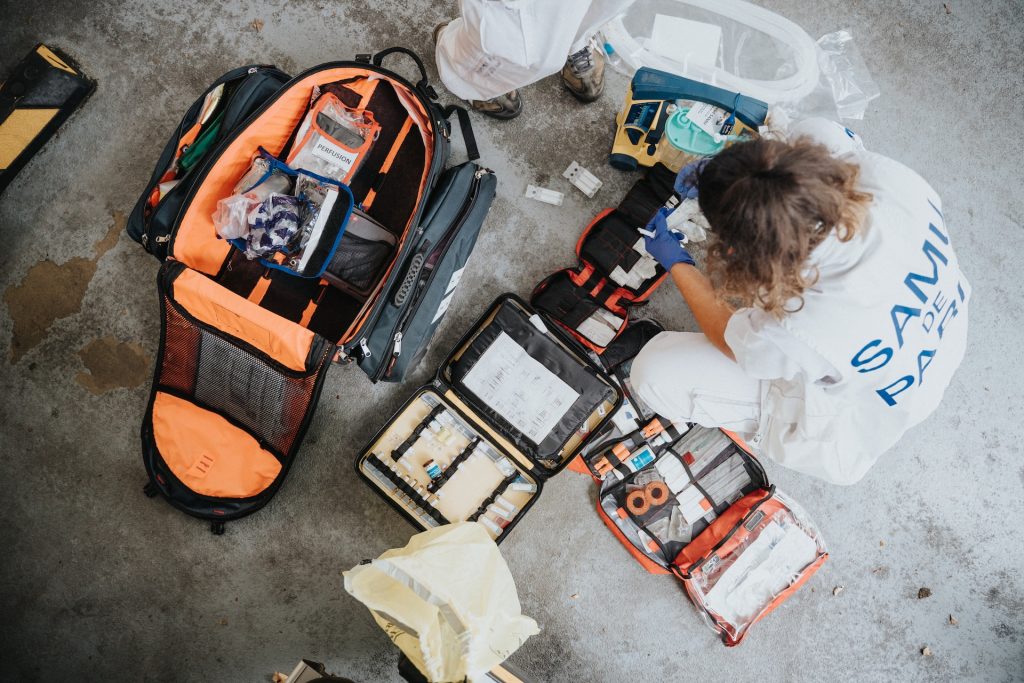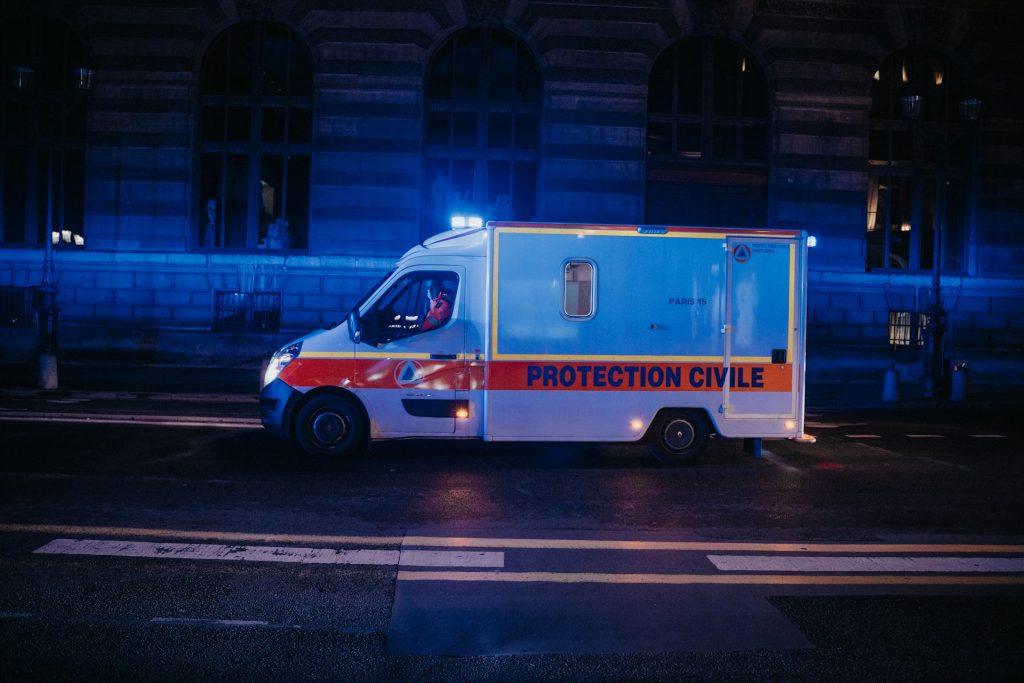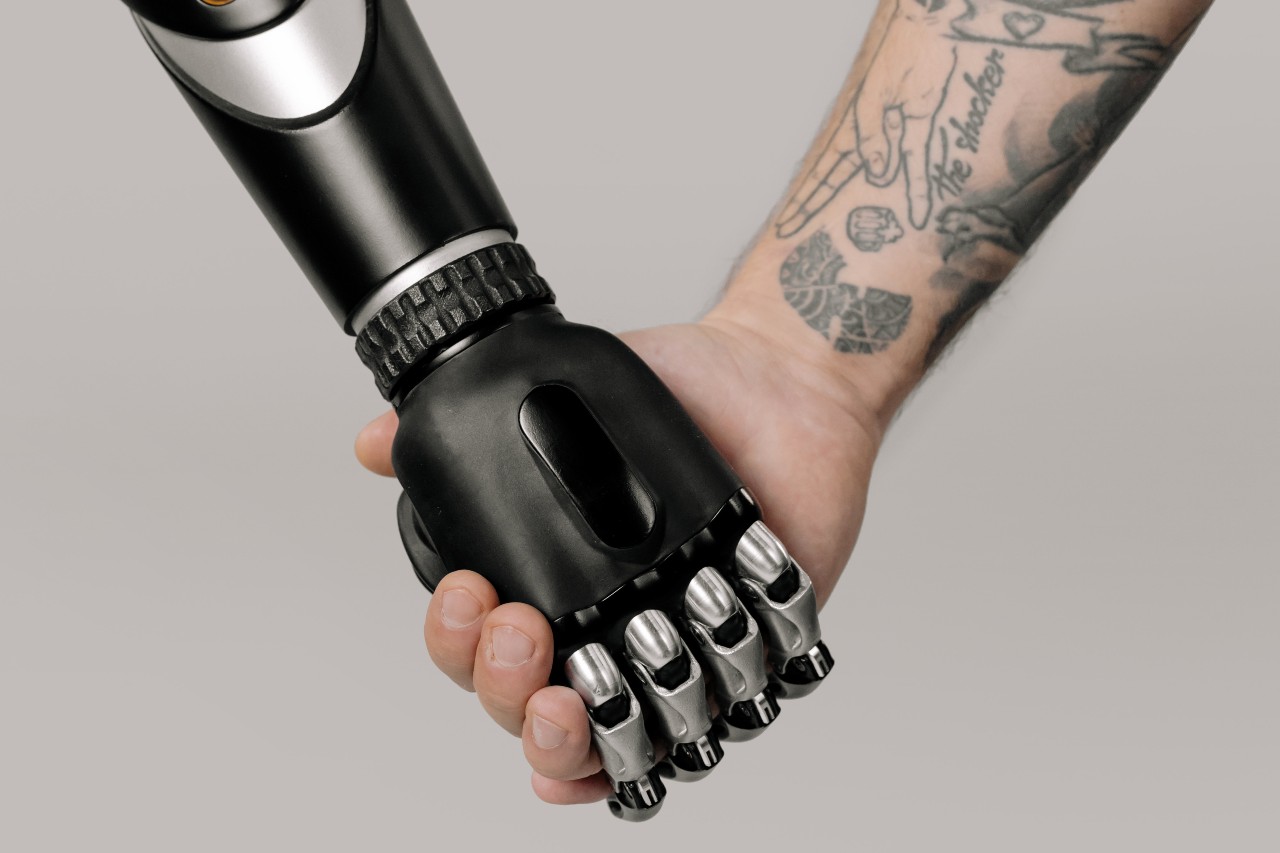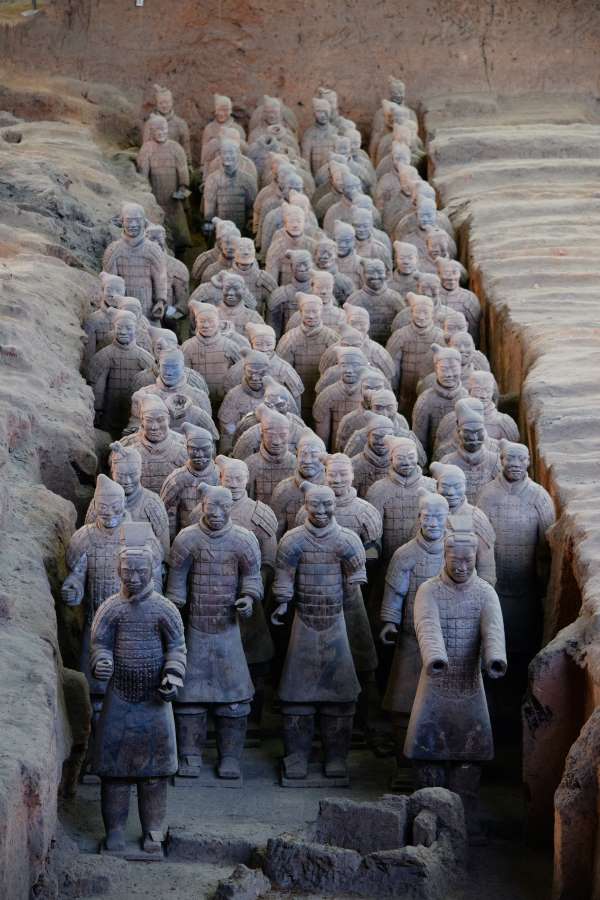Cryopreservation refers to the process of preserving living cells and tissues over a period of time at low temperatures. This phenomena has further been extended to cryopreserve human beings in a state of suspended activity where their biochemical reaction rates are subdued. Although it is commonly called the “freezing of the human body”, cryopreservation in fact avoids ice formation which would destroy the biological structure. Since 1967, with Dr. James Bedford becoming the first human to be cryopreserved, this field has been continuously evolving. The following are the steps leading to the cryopreservation of a human being:
1. Preliminary procedures
An individual can only be cryopreserved upon their legal death, however, when discussing cryonics, we must reassess the concept of death as cryonicists consider those individuals under suspended animation to be “patients” rather than “dead bodies”. They justify this by stating that a patient is recoverable as long as the critical structure of the brain is preserved, which is precisely the focus of cryopreservation. Some even refer to it as a biostatic coma. However, in line with the legal requirements, cryonics organisations require an official declaration of legal death before they take over. Cryonics procedures have to be initiated within the first one or two minutes after the heart stops, after pronouncement of legal death, and preferably within 15 minutes. These preliminary procedures are performed by a specially trained standby team. This team is called upon when there are indications that the patient is nearing their legal death. Standby teams usually consist of cryonics-first response volunteers who undergo training to assist local cryonics patients.

The narrow window between legal death and the start of cryonics procedures is because the body’s cellular structure begins to collapse, releasing digestive enzymes that process the tissues in the body. Therefore, it becomes necessary to mechanically restore the circulatory system which is further used to circulate chemicals throughout the body. Once cardiopulmonary support is administered, the patients are rapidly cooled down using an ice-water bath. This is done to reduce the patient’s body temperature to 0 degrees Celsius, and is considered to be more efficient than cooling using ice packs. By bringing down the patient’s temperature to 0 degrees Celsius, ultra profound hypothermia is achieved. Anticoagulants (e.g. Heparin), vasoactive and anaesthetic medications (e.g. Propofol), and fluids are administered to the patients which perform various functions such as preventing blood-clots, improving perfusion, reducing cerebral ischemia and keeping the circulatory system open. These are infused into the patient’s body through intravenous (IV) lines.
While hypothermia results in the reduction of the body’s metabolism rate, it also poses the risk of losing brain viability. To combat this, a blood-washout is carried out where the patient’s blood is replaced with an organ preservation solution, an example of which is the MHP-2. This blood substitute is vital in remote cases, i.e., where the deanimated patient is to be transported to the cryopreservation facility.
2. Transport
Following the preliminary remote cryopreservation procedures, the patient is transported to the cryonics facility where they have signed up to be cryopreserved. Cryonics facilities usually have a specifically built ambulance for this purpose, sufficiently equipped with the necessary elements and medications to assist the transport team in carrying out blood washouts and preparing the patient to be shipped.

A cryonics ambulance is therefore a necessity when the patient deanimates away from the facility and needs to be transported while preserving their cellular integrity, and without losing out on time.
3. Cryoprotective perfusion at the site of preservation
After the patient arrives at the cryonics facility, their bodies are treated with cryoprotectants which are crucial for long-term preservation. This is because, as the patient’s temperature is reduced, the water molecules in the tissues form a group and grow into ice crystals. As ice starts forming outside the cells, it causes them to dehydrate and shrink, ultimately damaging the cellular structures. Perfusion prevents such ice formation. Perfusion is particularly crucial to prevent extensive damage to the brain. This is done by infusing chemicals, called “cryoprotectants”, which will replace the blood or the organ preservation solution (if a washout was carried out). This is also called antifreeze or vitrification solution.
The cryoprotectants prevent the water molecules from gathering, and instead makes them move slower, ultimately locking them in place at temperatures below -100 degrees Celsius. Since there is no ice-formation, the cells are not damaged, and there is essentially a biological stoppage of time. At these temperatures, chemical reactions do not take place. Vitrification therefore solidifies a tissue without causing any structural damage to it. Cryoprotectants are to be selectively used as they vary in degrees of toxicity. For example, the M22 vitrification solution used by Alcor is licensed from 21st Century Medicine, Inc., and is presently the least toxic vitrification solution. The concentration of these cryoprotectants are to be gradually increased with time. Perfusion pressure at this stage should be limited to 100 mmHg, with a lower limit of 80 mmHg.
Information about the chemical reactions, their stoppage and other such data are recorded. This step prepares the patient to be cryonically suspended in liquid nitrogen.
3.1. Isolation of the brain
Before looking at long-term preservation, it would be pertinent to explore the important role played by the brain in cryonics. Preserving the brain structure is given primary importance in both neuropreservation, i.e., the preservation only of the patient’s brain, and whole-body preservation, as the other tissues can be artificially replicated or regenerated. Therefore, it is sometimes advised to isolate and cryopreserve just the brain rather than the entire body of the patient. The brain can be efficiently isolated from the patient upon their deanimation. Depending upon the circumstances, it can be subjected to perfusion and ultimately transferred to a box for cooling, in preparation for long-term care. This negates the ill-effects of ischemia on other tissues, unnecessarily hindering the process of preservation.
4. Long-term preservation
The patients are finally laid to rest in a state of suspended-animation in large and small dewars for whole-body and neuro-preservations respectively. In the dewars, a cooldown is initiated with the introduction of liquid nitrogen, which draws heat from the patient. A rapid temperature drop is carried out until the body reaches -80 degrees Celsius or -110 degrees Celsius, and this is held for up to 12 hours. Over the next 100 hours, the temperature is further dropped until it finally reaches around -196 degrees Celsius.

The dewar is filled with liquid nitrogen, and a “crackphone” is placed on the surface of the brain which aids in the collection of data throughout this process, and the detection of any fractures to the brain. The patient is maintained at this temperature and in this stage with liquid nitrogen being refilled at scheduled intervals. Including alarms and sensors on the dewars will prove beneficial to monitor the preservation and act swiftly in case of emergencies.
5. Revival
The ultimate goal of cryopreservation is to, one day, be able to reverse or repair the cause for the patient’s deanimation, thereby bringing them back to life. Although human cryopreservation techniques have been advancing, revival from the same has not yet been possible with the technology presently available. There have, however, been a few noteworthy experimental successes in cryonics, such as the successful vitrification, transplantation, and long-term survival of a rabbit kidney after being cooled at cryogenic temperatures.
Cryonicists are turning towards nanomedicine to envision a future technology for reanimation of cryonically preserved patients. After analysing the structure that has been preserved and potential ways to repair any damage caused to the same, nanorobots may be able to implement the procedure for carrying out the necessary repairs. All these are still in the theoretical stage and therefore are to be cautiously studied. With rapid advancements in the related fields, it is hoped that revival from cryopreservation becomes a possibility.
To sum up
The procedure of cryopreservation rests on the scientific basis of suspending chemical activity in the human body upon its legal death. This enables preservation for long periods of time, and is necessary as technological advancements to revive a cryopreserved individual are yet to be accomplished. Timely initiation and completion of these procedures will ensure an optimum cryopreservation.














